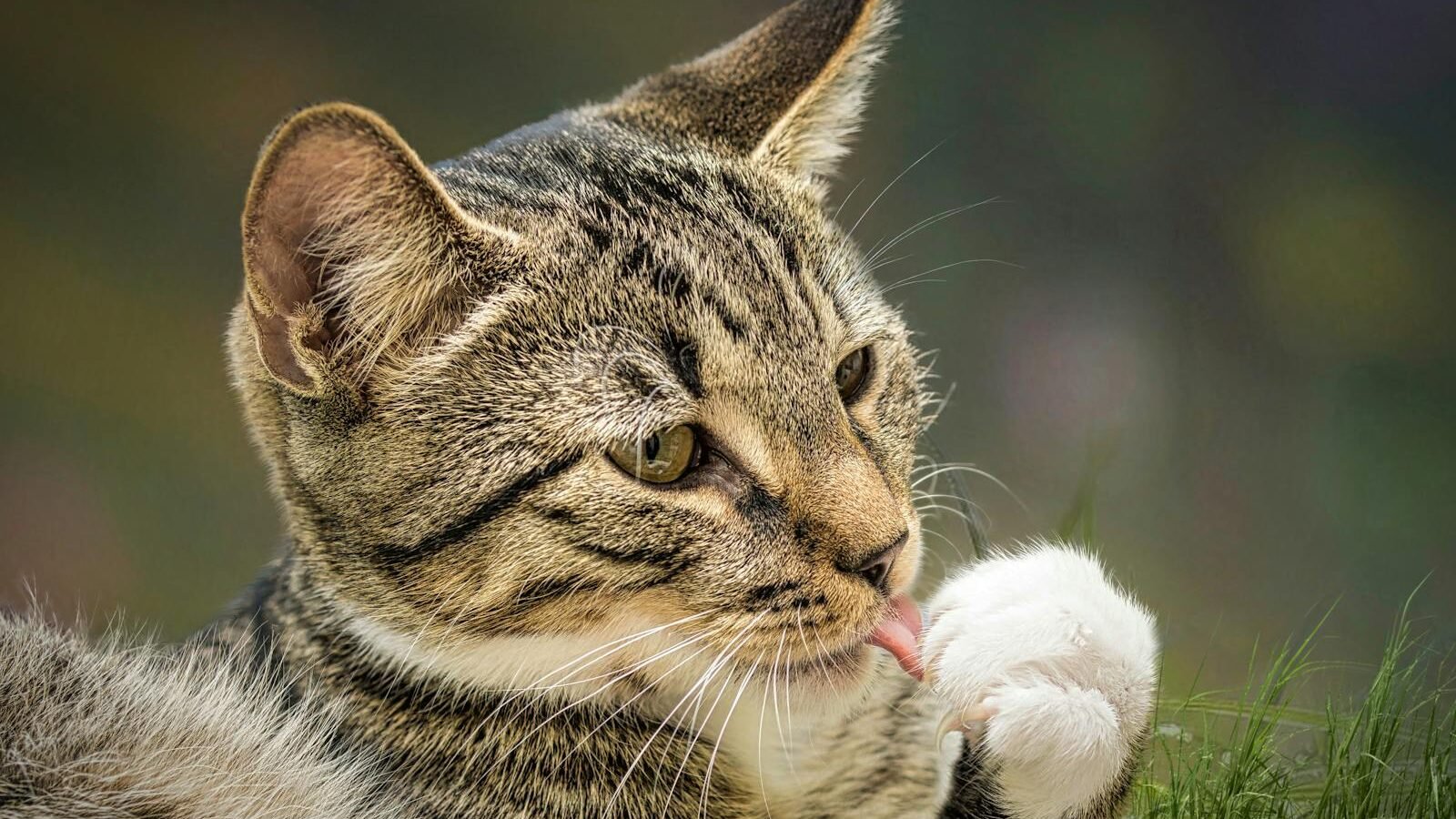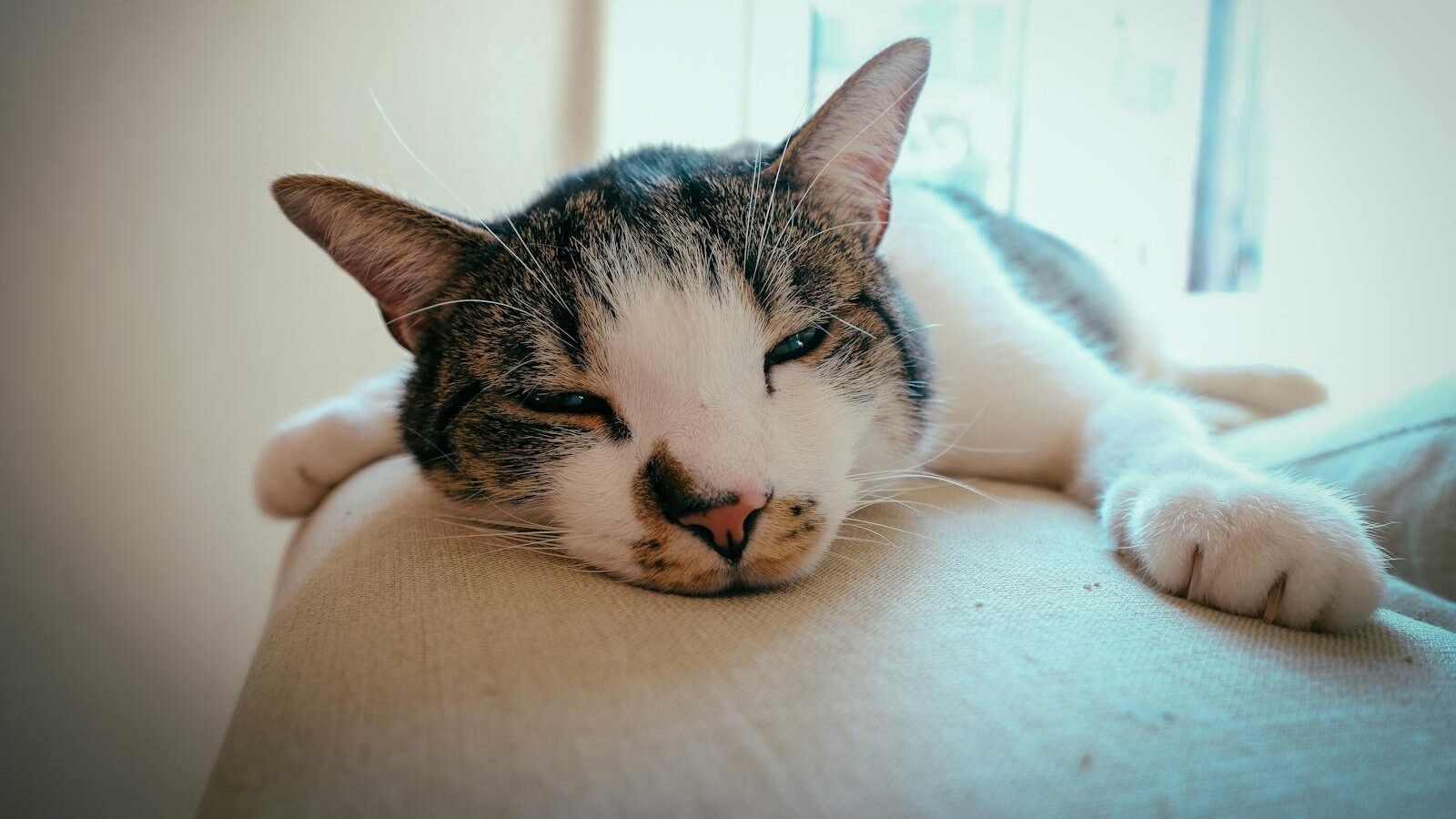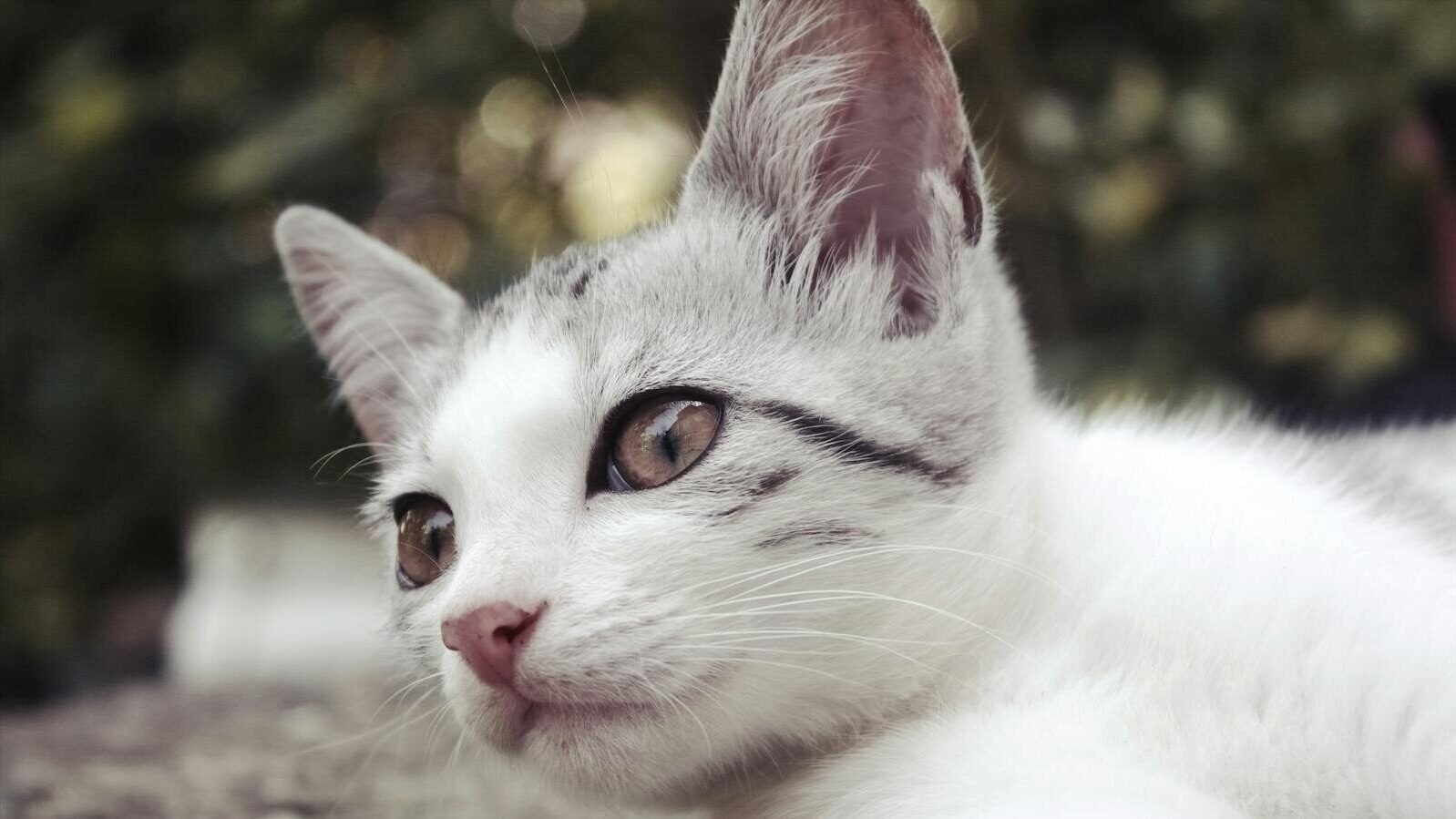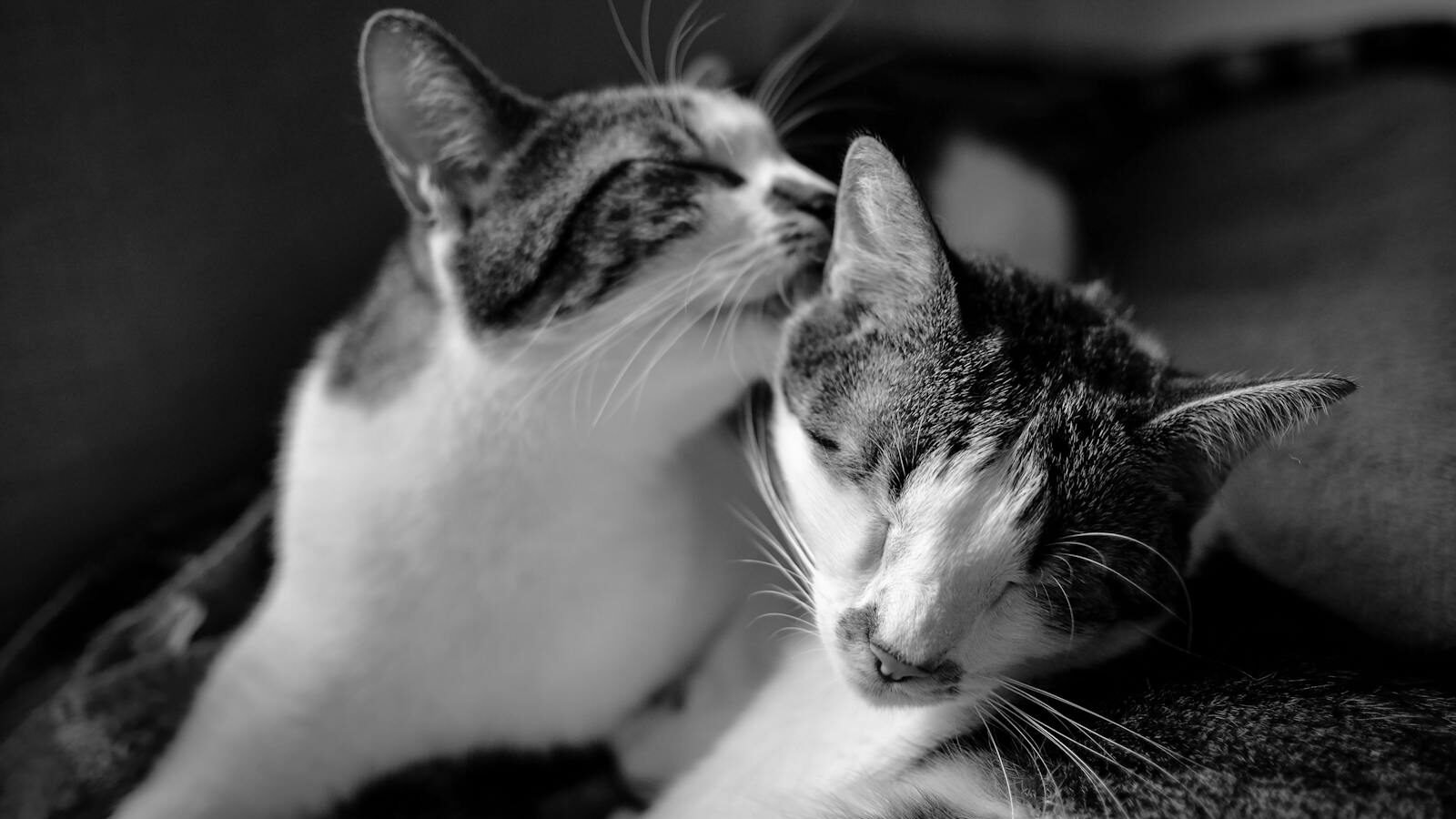Cats have long fascinated humans with their mysterious behaviors and unique abilities. Among these, their acute hearing stands out, especially their ability to detect ultrasonic sounds. This capability plays a crucial role in their survival, communication, and interaction with the environment.
The Anatomy of a Cat’s Ear

Photo by Gundula Vogel via Pexels
The feline ear is a sophisticated organ intricately designed for enhanced hearing. Consisting of an outer, middle, and inner section, each part contributes to the cat’s ability to detect sounds that are often imperceptible to humans. The external ear, or pinna, is particularly vital as it helps capture and funnel sound waves further into the ear canal.
Frequency Range of Cat Hearing

While humans can hear sounds between 20 Hz and 20,000 Hz, cats have a significantly broader range, detecting frequencies from about 48 Hz up to 85 kHz. This enhanced range allows them to hear higher-pitched sounds, especially those within the ultrasonic range, typically above 20 kHz.
How Cats Process Ultrasonic Sounds

Once sound waves enter a cat’s ear, they are transformed into nerve impulses that the brain can interpret. The inner ear’s cochlea, with its highly sensitive hair cells, plays a key role in this process. Each hair cell is attuned to different frequencies, enabling cats to pinpoint the source of an ultrasonic sound accurately.
The Evolutionary Advantage

One might wonder why cats have developed the ability to hear ultrasonic sounds. The answer lies in their predatory nature. Many rodents and small mammals, the typical prey of cats, communicate using ultrasonic frequencies. By detecting these sounds, cats can effectively locate and hunt their prey.
The Role of Whiskers in Sound Detection

While whiskers are primarily known for their tactile function, they also assist in sound detection. The vibrations caused by ultrasonic sounds can be sensed by a cat’s whiskers, providing additional cues about the environment and enhancing their spatial awareness.
Cats and Human Frequency Overlap

Despite their ability to hear higher frequencies, cats also share a considerable overlap with human auditory ranges. This shared range enables cats and humans to communicate effectively, reinforcing the bond between pets and their owners.
The Importance of Sound in Feline Communication

Cats not only use their hearing for hunting but also for communication with one another. Ultrasonic sounds can be used in mother-kitten communication, where vocalizations beyond human hearing are emitted for various interactions and signals.
Implications for Cat Owners

Understanding your cat’s hearing abilities can improve how you interact with them. Avoiding exposure to high-frequency noises from electronic devices or loud environments can help maintain your cat’s auditory health and overall well-being.
Conclusion

Cats’ ability to hear ultrasonic sounds is a remarkable aspect of their sensory world. It underscores their evolutionary adaptations as skillful hunters and enriches their interactions with their environment and companions. As pet owners and enthusiasts, recognizing and appreciating these abilities can deepen our understanding and connection with these fascinating creatures.

With over a decade of experience as a dedicated cat lover and enthusiast, I specialize in writing captivating content about all things feline. My expertise shines through in creating engaging and informative pieces that resonate with fellow cat lovers. As a proud cat parent to my beloved Duston, my personal connection to the world of cats adds authenticity and warmth to my work, making it relatable and heartfelt.





